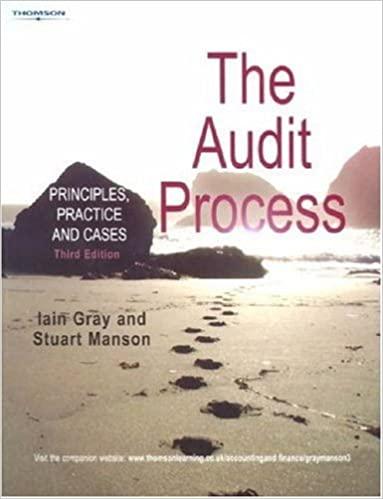Question
Paul is a renowned restorer of antique guitars. John is a successful salesperson and the two decided to get together and start a business. Both
Paul is a renowned restorer of antique guitars. John is a successful salesperson and the two decided to get together and start a business. Both agreed that John would be a limited partner. He would make an initial capital investment of $20,000 and would contribute additional capital as needed.
Paul would be a general partner with full authority to acquire guitars and perform restorations using his own tools. Paul owned a restoration shop and the two agreed Paul would receive $1,500 per month for rent for use of his shop.
John and Paul agreed that they would split the profits as follows: 60 percent to John and 40 percent to Paul until John recouped his $20,000 capital investment. Once John had recouped his capital investment they agreed to split the profits 40 percent to John and 60 percent to Paul. They agreed to split losses evenly at 50 percent each.
John and Paul did not put their agreement in writing or take any other action to formalize their business arrangement. John gave Paul $20,000 for the business and Paul bought some vintage guitars and performed all restorations. Wanting to get additional inventory, John and Paul took out a bank loan in the amount of $100,000. After exactly 1 year of using the 60/40 percentage profit split, John was repaid his total $20,000 capital contribution. After two more years of successful operation, the partnership had $150,000 in its bank account.
At the end of year 3, Paul told John that he was ending their limited partnership and going out on his own. At the time Paul made his announcement, the outstanding loan balance on the $100,000 loan was $40,000, and the partnership owed Paul $10,000 in rent. John claimed that Paul had no right to dissolve the business when it was doing so well. John further claimed that if Paul ended the relationship, he (John) would be entitled to 50 percent of the $150,000 in the bank account and an amount equal to 50 percent of the value of Pauls tools. The tools, which were not recorded in the partnership books, are worth $50,000. John claimed that Pauls tools are assets of the business. Paul claimed that John is not entitled to 50 percent of the bank account because profits were now split 60/40 in his favor; that John had no claim against the tools; that John must pay him $5,000 in rent and that he (Paul) is owed $50,000 in wages because he actually did all the work and John did nothing.
Were John and Pauls business arrangement a general partnership, a limited partnership, or neither? Explain in detail.
Does Paul have the right to end the business arrangement with John? Explain in detail.
Assuming Paul has the right to end the business arrangement with John and considering Paul and Johns claims, how should the partnership assets be distributed? Explain in detail.
Step by Step Solution
There are 3 Steps involved in it
Step: 1

Get Instant Access to Expert-Tailored Solutions
See step-by-step solutions with expert insights and AI powered tools for academic success
Step: 2

Step: 3

Ace Your Homework with AI
Get the answers you need in no time with our AI-driven, step-by-step assistance
Get Started


